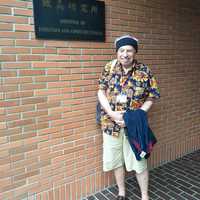
Maria Bejarano
Related Authors
Richard Bellamy
University College London
David Seamon
Kansas State University
Armando Marques-Guedes
UNL - New University of Lisbon
Dr Santanukumar Ghosh
Burdwan University
Rob S E A N Wilson
University of California, Santa Cruz
Andrew W Wilkins
Goldsmiths, University of London
Vijay Kumar Shrotryia
University of Delhi
Robert Kozinets
University of Southern California
Carla Freccero
University of California, Santa Cruz
Delphine Dion
ESSEC Business School










Uploads
Papers by Maria Bejarano